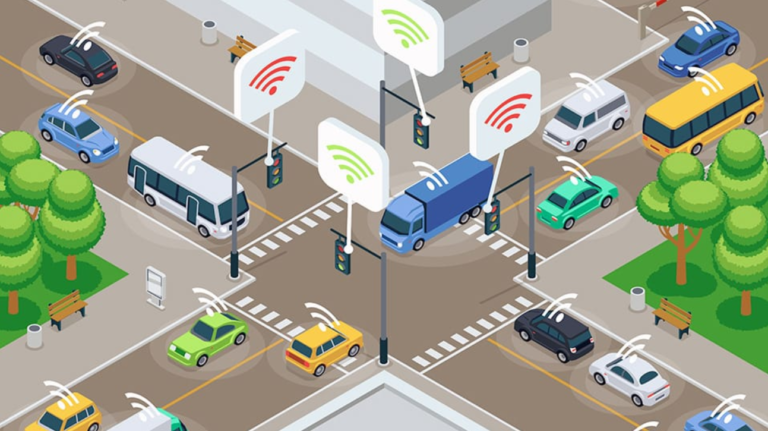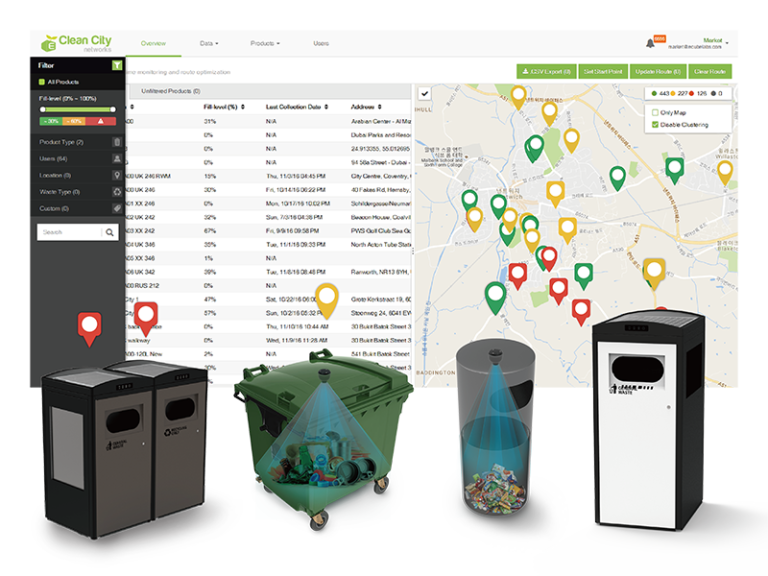With the use of straightforward language and a clear explanation, the author of this blog has effectively explained smart cities to a wide audience. The material regarding the waste management systems utilized in smart cities was my favorite part of the entire blog. Aside from that, how smart cities manage the urbanization of space and how sustainable they are described.
A case study would have greatly enhanced the blog’s appeal and provided strong support for themes such as sustainability and transportation, which I felt were lacking.
In conclusion, the entire site is packed with wisdom and information that will benefit readers as well as others who share our passion for design.
Urban Innovations: Navigating the Future with Smart Cities
What is a Smart City?
When a city can gather and analyze large amounts of data from multiple companies, such as waste collection and urban planning, it is deemed to be “Smart.” A complex system of linked sensors, hardware, and software are to be put in place in a smart city.
Smart cities have the potential to improve every aspect of city life for their citizens. fewer pollution and cleaner air are only a few advantages, as are quicker and more accessible public WiFi, increased community involvement, fewer traffic and congestion, decreased crime thanks to cutting-edge surveillance systems, and lower energy costs.
Smart cities do otherwise, however, come with a price; upgrading just one element, like the public transit system, can take years to accomplish and cost the taxpayer billions of dollars. These expenses and timelines need to be agreed upon by the public sector and the government; if not there is a chance that the project may eventually fail, which could have disastrous political and social consequences.
Many different kinds of technologies enable smart cities, such as:
1.Information and communications technology (ICT)
2.Connected physical devices using the Internet of Things (IoT) network
3.Geographical information systems (GIS)

Figure 2: Elements of a Smart city.
TRANSPORTATION
There are a number of strong examples of smart transportation systems, for examle a city’s department of transportation, that offers real-time arrival data for buses and trains. Additionally, electronic toll collection, bike sharing, dynamic pricing for cars entering the city, and smart cards for public transportation.

Figure 2: image source: https://www.digi.com/blog/post/introduction-to-smart-transportation-benefits
WASTE MANAGEMENT
To begin with, waste containers are placed across the city by municipalities. Municipalities also have to keep track of their trash cans. At that moment, they want a workable and effective garbage container tracking solution.
Overall, Municipalities additionally need waste truck drivers to operate their waste vehicles. Municipal bodies are liable for making sure their waste trucks travel the most efficient path.
Therefore, They have to work together with their residents in trash management procedures as another need. In addition, working with residents is not always simple. Municipalities thus need a successful strategy to collaborate with their residents.

Figure 3: https://www.ecubelabs.com/waste-analytics-platform
For Example: The CleanCityNetworks (CCN) By EcubeLabs, serves as the link between all of their various variants of smart bins. CCN offers the control center, analytics, smart dashboard, and monitoring environment all in one easy-to-use package. Hence, accessible from any location with a contemporary browser and an internet connection since web-based and hosted in the cloud.
SUSTAINABILITY
Solutions for “smart cities” address issues brought on by population growth and urbanization by utilizing networking and communication technology. Smart cities, which primarily consist of communication and network devices, actuators, and sensors, ade possible by the Internet of Things. Above all, the sensing devices that employed in a variety of situations to detect and monitor city processes in real time. A predection is that in a few decades, everyday machines, devices, workplace, and industrial domains would all be able to perceive, communicate, and process information. However, because smart cities often interconnected with various technologies, designing a fully optimized infrastructure gets difficult. Further, from the perspective of the environment as well as the consumers, smart city solutions must be energy-efficient.

Figure 4: www.finoit.com/blog/role-of-internet-of-things-for-smart-cities-challenges-of-iot/
In Conclusion, One trend that is likely to help cities become more sustainable and efficient is the development and deployment of smart technology systems throughout the world’s cities.
Hence, a long way to go before technological advancements get implemented since they ought to be refined and infrastructure be created. However, many cities throughout the world already have some components of smart technology systems in place and are functioning effectively.
References:
https://www.digi.com/blog/post/introduction-to-smart-transportation-benefits
https://www.cbinsights.com/research/what-are-smart-cities/?
www.ibm.com/blog/smart-transportation/
evreka.co/blog/waste-management-for-smart-cities/
https://core.ac.uk/download/pdf/84046095.pdf
https://www.nationalgrid.com/stories/energy-explained/what-is-a-smart-city



With the use of straightforward language and a clear explanation, the author of this blog has effectively explained smart cities to a wide audience. The material regarding the waste management systems utilized in smart cities was my favorite part of the entire blog. Aside from that, how smart cities manage the urbanization of space and how sustainable they are described.
A case study would have greatly enhanced the blog’s appeal and provided strong support for themes such as sustainability and transportation, which I felt were lacking.
In conclusion, the entire site is packed with wisdom and information that will benefit readers as well as others who share our passion for design.